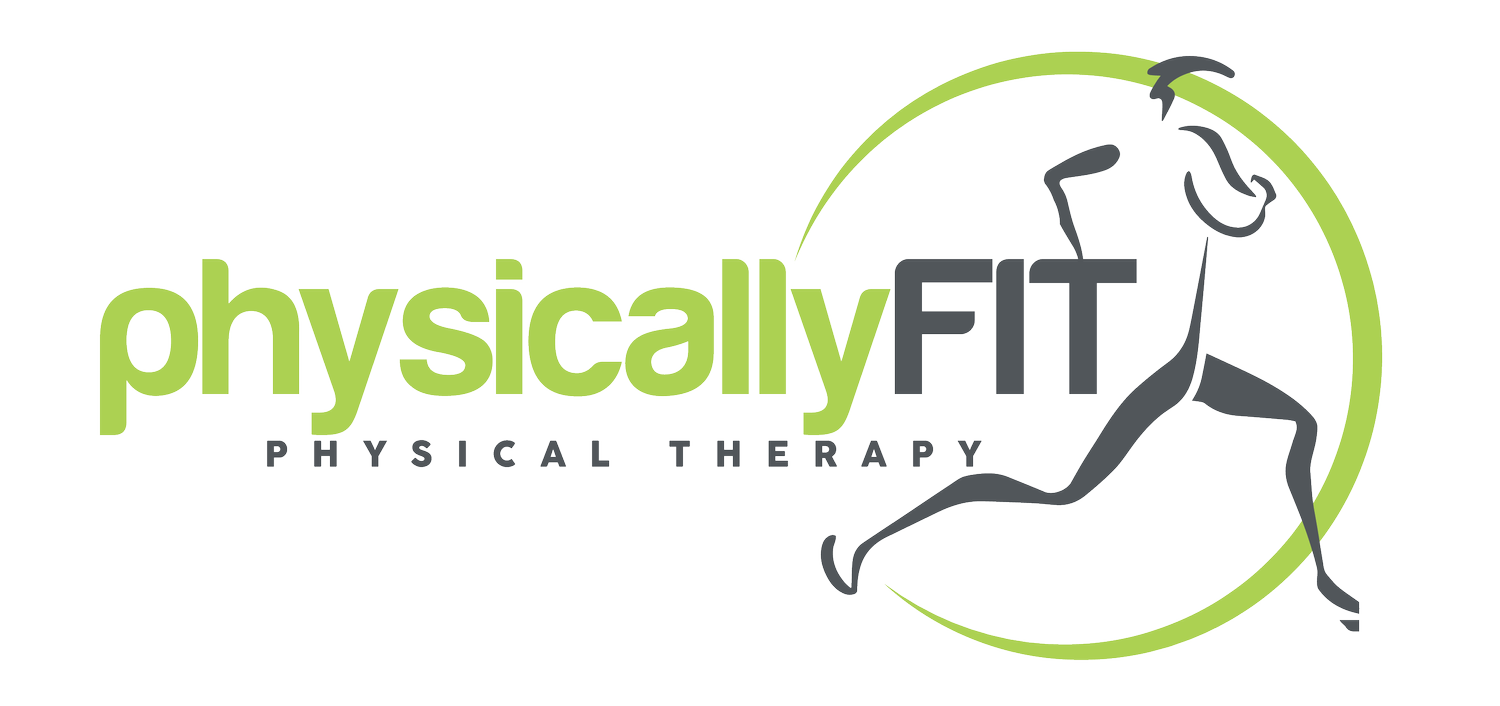Revolutionizing Pain Management: The Surprising Benefits of Dry Needling Therapy
Dry needling is a form of therapy that has gained popularity in recent years for the treatment of pain and muscular dysfunction. It involves the insertion of thin, sterile needles into the skin and underlying tissues, with the aim of stimulating trigger points or muscular knots. The technique is called “dry” because no medication or substance is injected through the needle.
Research studies have shown that dry needling can be an effective treatment for a variety of musculoskeletal conditions. Here are some of the benefits associated with dry needling:
Pain reduction: One of the most well-established benefits of dry needling is pain reduction. Studies have shown that dry needling can significantly reduce pain in patients with chronic musculoskeletal pain, including lower back pain, neck pain, and shoulder pain.
Improved range of motion: Dry needling has also been shown to improve joint range of motion and flexibility. This is believed to be due to the release of muscular tension and the stimulation of blood flow and lymphatic drainage in the targeted area.
Faster recovery: Dry needling can help to accelerate the healing process following injury or surgery. It can stimulate the production of endorphins and other natural painkillers, which can help to reduce inflammation and promote tissue repair.
Improved athletic performance: Dry needling has also been used as a performance-enhancing technique for athletes. By targeting specific muscles and trigger points, dry needling can help to improve muscle function and reduce the risk of injury.
Safe and non-invasive: Dry needling is a relatively safe and non-invasive technique. Unlike traditional injections, no medication or substance is injected into the body. As long as it is performed by a trained and licensed healthcare professional, dry needling is a low-risk procedure.
Despite the potential benefits of dry needling, it is important to note that it is not a cure-all for every musculoskeletal condition. It should only be performed by a licensed healthcare professional with specialized training in dry needling, as there are certain risks and contraindications associated with the procedure.
In conclusion, dry needling is a promising therapy for the treatment of pain and muscular dysfunction. As research continues to investigate the effects of dry needling, it is important to work with a qualified healthcare professional to determine if this technique is appropriate for your specific condition. With the right care and guidance, dry needling can provide significant benefits and improve your overall quality of life.
